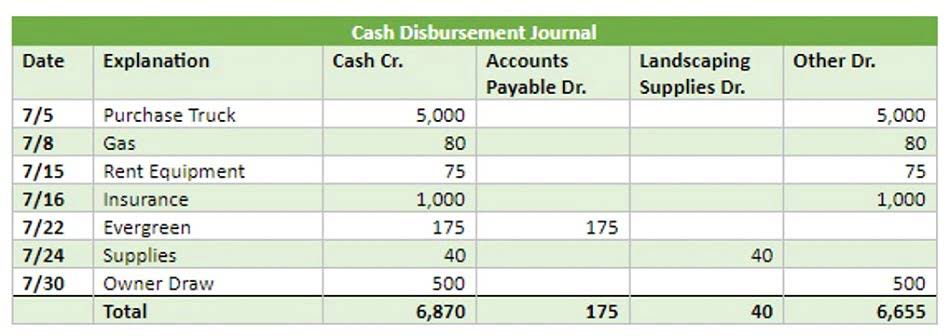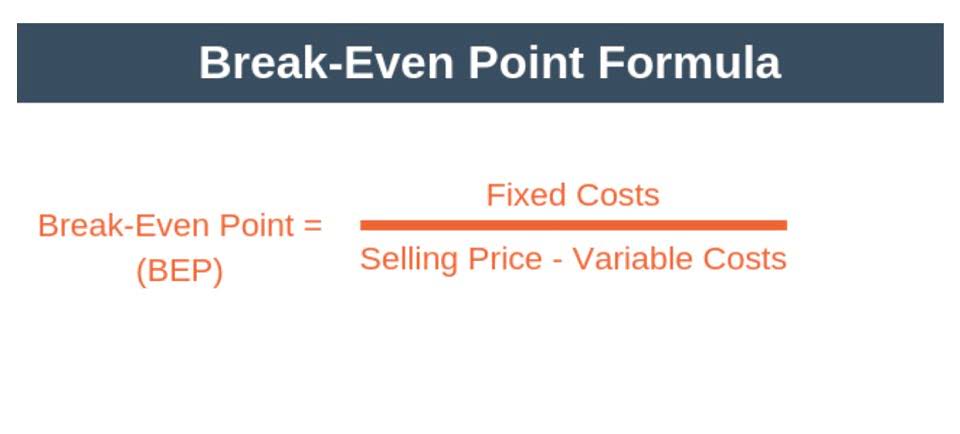
However, if the losses are significant or continue for several years, it could have a more serious effect on the company’s ability to raise capital and pay dividends. Negative retained earnings can occur when a company has a credit balance in its earnings account. It represents the portion of a company’s profits that are not paid out as dividends but are instead reinvested back into the business. Retained earnings are the portion of a company’s profits that are reinvested back into the business with debit or credit. This is the retained earnings amount from the end of the previous financial period. When a company makes a profit at the end retained earnings normal balance of its financial year, its shareholders may decide to allocate part of the profits to retained earnings.

Dividends in retained earning
Businesses use this equity to fund expensive asset purchases, add a product line, or buy a competitor. Accounting For Architects Dear auto-entrepreneurs, yes, you too have accounting obligations (albeit lighter!). Find out how this alternative financing method works, with its many advantages. Find out how it sheds light on your company’s financial management, with a case study to illustrate.
Stockholders’ Equity Outline
When performing an audit on entity financial statements, auditors might find some misstatements due to accounting treatments. This net income is often referred to as the company’s bottom line, as it is often found at the bottom of an income statement. The portion of the company’s profit that is saved for future use is considered retained earnings. In a budget, retained earnings are the amount of income after expenses (or net income) that a company has held onto over the years. As a result, any factors that affect net income, causing an increase or a decrease, will also ultimately affect RE.
Retained Earnings: Definition, Formula, Example, and Calculation
When a corporation sells some of its authorized shares, the shares are described as issued shares. The number of issued shares is often considerably less than the number of authorized shares. When its articles of incorporation are prepared, a business will often request authorization to issue a larger number of shares than what is immediately needed. The officers of a corporation are appointed by the corporation’s board of directors to carry out (or execute) the policies established by the board of directors. The officers include the president, chief executive officer (CEO), chief operating officer (COO), chief financial officer (CFO), vice presidents, treasurer, secretary, and controller. Corporations are organized in, and are regulated by, one of the fifty states.

Use an income statement to figure out your profit
- This balance can be relatively low, even for profitable companies, since dividends are paid out of the retained earnings account.
- In a market of buyers and sellers, the current value of any stock fluctuates moment-by-moment.
- The balance sheet is also referred to as the Statement of Financial Position.
- Additional paid-in capital is included in shareholder equity and can arise from issuing either preferred stock or common stock.
- Since every stockholder will receive additional shares, and since the corporation is no better off after the stock dividend, the value of each share should decrease.
- For the past 52 years, Harold Averkamp (CPA, MBA) hasworked as an accounting supervisor, manager, consultant, university instructor, and innovator in teaching accounting online.
- You can find your business’ retained earnings from a business balance sheet or statement of retained earnings.
A ratio above 1 indicates sufficient short-term assets, while a ratio below 1 might signal liquidity concerns. Under IFRS 16, long-term lease obligations are now treated as liabilities, impacting debt ratios and altering the perception of financial leverage. In today’s financial environment, understanding accounting fundamentals is essential for both businesses and individuals. Among these are the Online Accounting rules of debit and credit, which are central to accounting practices.
- Examples include cash, investments, accounts receivable, inventory, supplies, land, buildings, equipment, and vehicles.
- In other words, a 9% preferred stock with a par value of $50 being issued or traded in a market demanding 9% would sell for $50.
- To illustrate how preferred stock works, let’s assume a corporation has issued preferred stock with a stated annual dividend of $9 per year.
- The book value of one share of cumulative preferred stock is its call price plus any dividends in arrears.
- And since expansion typically leads to higher profits and higher net income in the long-term, additional paid-in capital can have a positive impact on retained earnings, albeit an indirect impact.
For the past 52 years, Harold Averkamp (CPA, MBA) has worked as an accounting supervisor, manager, consultant, university instructor, and innovator in teaching accounting online. Either way, dividends are an important way for shareholders to generate income from their investment in a corporation. They are payments made by a corporation to its shareholders, usually as a distribution of profits.
In other words, the permanent accounts are the accounts used to record and store a company’s amounts from transactions involving assets, liabilities, and owner’s (stockholders’) equity. A company’s equity reflects the value of the business, and the retained earnings balance is an important account within equity. To make informed decisions, you need to understand how financial statements like the balance sheet and the income statement impact retained earnings. Additional paid-in capital arises from issuing shares at a premium and requires careful management, particularly during stock splits or buybacks.
Meaning of retained earnings

When a company pays out dividends, the earnings account is debited for the amount of the payment. With some of the rules of debits and credit for the balance sheet, we can find an answer easier. We can also use these pieces of information to relate to figures in accounts receivable debit or credit. You will then subtract any losses that were incurred during the same accounting period. As you work through this part, remember that fixed assets are considered non-current assets, and long-term debt is a non-current liability. Sum all costs your company incurs, including cost of goods sold, salaries, rent, and other operating expenses.

